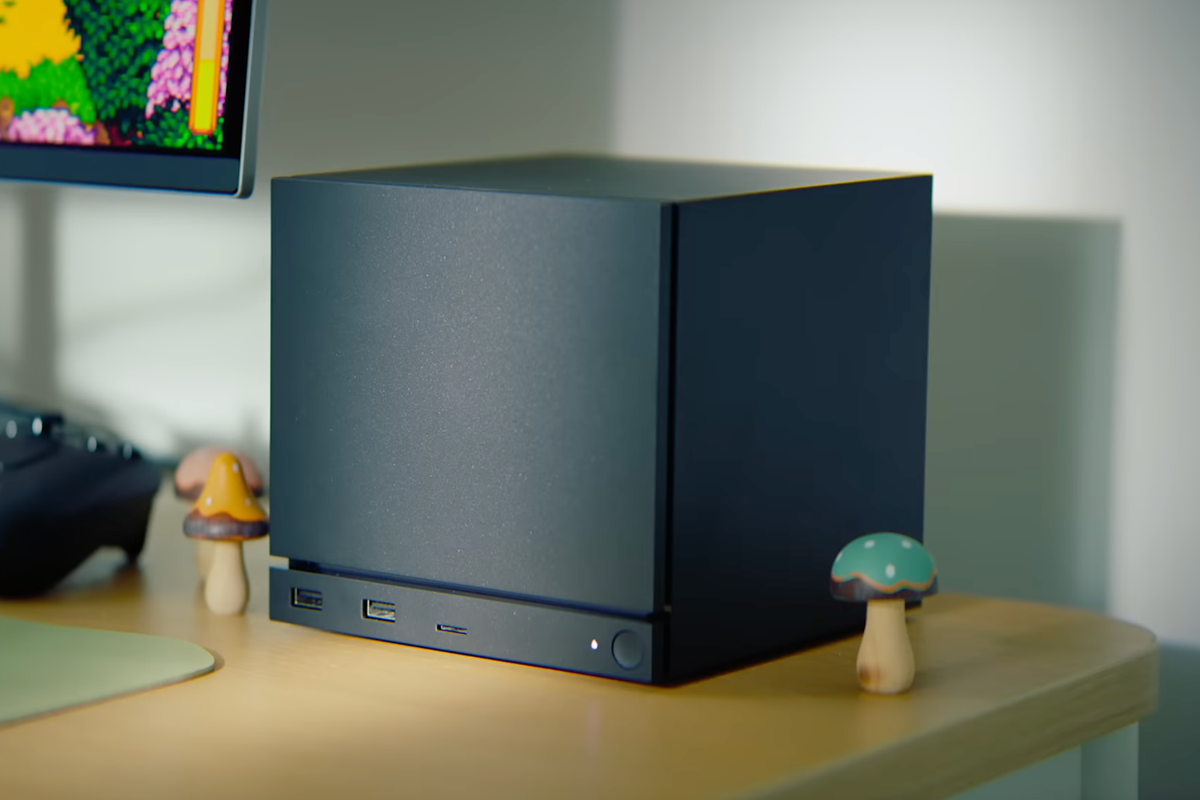Becca Monaghan
Oct 24, 2025
Kim Kardashian Reveals Stress-Induced Brain Aneurysm Diagnosis
unbranded - Entertainment / VideoElephant
The Kardashians returned to screens this week with a series of shocking revelations about what’s ahead for the famous family.
One moment that quickly grabbed viewers’ attention was a teaser centred on Kim Kardashian’s health. The clip shows Kim attending a private MRI scan, where she reveals, “there’s like a little aneurysm,” as close-up visuals of her brain scans appear on a monitor.
Her sister, Kourtney Kardashian, reacts to the news with a brief, “Whoa.”
Kim then adds, “They’re like, ‘Just stress,’” before reflecting, “People think I have the luxury of walking away.”
The trailer later cuts to another emotional moment where Kim admits, “This week has been the hardest week of my life.”
What is a brain aneurysm?
A brain aneurysm is a swelling in a blood vessel within the brain. While many aneurysms remain stable and do not cause harm, if one bursts, it can lead to bleeding on the brain – a medical emergency known as a subarachnoid haemorrhage.
What are the symptoms of a brain aneurysm?
According to the NHS, most brain aneurysms are small and don’t cause any symptoms, often being discovered during tests for other conditions.
However, if an aneurysm is larger, symptoms may include:
- a headache
- pain above or around the eye
- changes in vision, such as double vision
- dizziness or balance problems
- numbness or weakness on one side of the face
- difficulty concentrating or speaking
- problems with short-term memory
If an aneurysm bursts, the main symptom is a sudden, severe headache – sometimes described as a “thunderclap headache.”
How is a brain aneurysm treated?
Treatment isn’t usually required for small brain aneurysms that aren’t causing symptoms, as they often remain stable and carry a low risk of rupturing. In such cases, doctors may simply recommend regular follow-up scans to monitor for any changes.
If there’s a risk that an aneurysm could burst – or if it already has – surgery is usually required.
According to the NHS, there are two main procedures:
- Surgical clipping, where a small metal clip is placed on the blood vessel to stop blood flowing into the aneurysm.
- Endovascular surgery, where a tiny coil or wire mesh is inserted inside the aneurysm to reduce blood flow and help a clot form.
A surgeon will explain which option is best and outline any potential risks.
You should also read...
- 5 of the most-talked-about moments from The Kardashians season 7 premiere episode
- Kim Kardashian reflects on 'Stockholm syndrome' experience with Kanye West
How to join the indy100's free WhatsApp channel
Sign up for our free Indy100 weekly newsletter
Have your say in our news democracy. Click the upvote icon at the top of the page to help raise this article through the indy100 rankings.
Top 100
The Conversation (0)














